











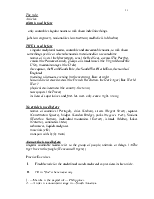
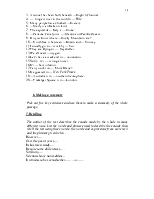
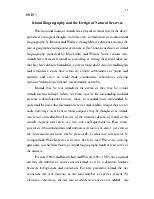
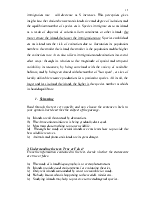
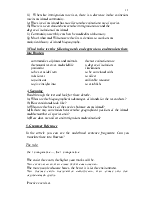
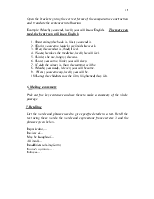
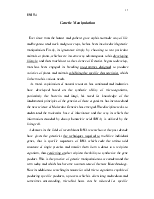
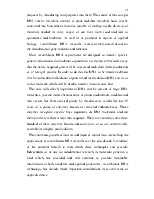
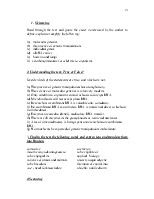
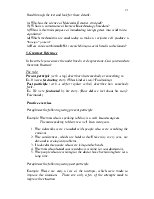
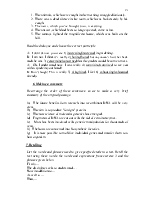
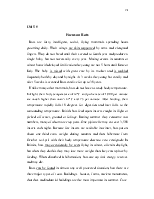
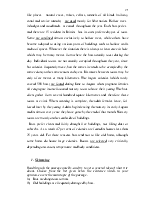
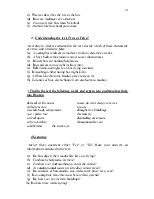
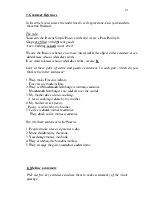

МЕЖДУНАРОДНЫЙ ГОСУДАРСТВЕННЫЙ ЭКОЛОГИЧЕСКИЙ УНИВЕРСИТЕТ имени А.Д.САХАРОВА
Кафедра иностранных языков
Грицай Н.А. ,Никитина Л.Н.
Учебно- методическое пособие по английскому языку
для студентов 3 курса
факультета экологической медицины
заочной формы обучения
МИНСК 2010
Пособие предназначено для студентов 3 курса факультета экологической медицины заочной формы обучения.
Каждый раздел содержит аутентичный текст научно-популярного жанра, взятый из журналов экологического или биологического профиля. Предлагаемые темы включают физиологию растений и животных, генетику, прикладную биологию, микробиологию другие.
Послетекстовые упражнения совершенствуют навыки двух видов чтения: просмотрового и детального. В упражнениях типа Skimming, студент должен быстро просмотреть весь текст, не задерживая внимания на незнакомых словах. Цель этого типа упражнений – понять общую идею текста. Для выполнения упражнений типа Understandingindetailи Understandingthetext: TrueorFalse? требуется детальное понимание содержания текста.
Для проверки и контроля более детального понимания текста предлагаются упражнения для работы с активной лексикой по теме.
Развитие навыков письменной речи дают упражнения с заданиями по написанию резюме к прочитанному тексту. Задания на развитие этого вида речевой деятельности варьируются от организации предложений в правильном смысловом и хронологическом порядке до самостоятельного выделения ключевых слов и основных мыслей текста и использования их для написания резюме.
Обязательный пересказ текста является заданием по совершенствованию навыков и развитию умений устной монологической речи с использованием коммуникативных фраз-клише и обязательных для усвоения лексических единиц.
Каждый раздел снабжен грамматическим справочником с кратким объяснением явлений достаточно часто встречающихся в тексте, а также тренировочными упражнениями условно-речевого типа.
Содержание
1. UNIT 1 Pollutants and Food-Chains…………………………………….p 3
2. UNIT 2 The Song of the Love-Lorn Whale…………………………p 9
3. UNIT 3 Island Biogeography and the Design of Natural Reserves...p14
4. UNIT 4 Genetic Manipulation……………………………………..p 18
5. UNIT 5 Focus on Bats…………………………………………….p 23
UNIT 1
Pollutants and Food-Chains
Pollutants will, if present in sufficient quantity, have adverse effects on animals and plants. Many of these compounds do, of course, break down so rapidly that there is little risk of toxic concentrations. But compounds such as the organochlorine insecticides and poly-chlorinated biphenyls (PCBs) can persist long enough for living organisms to acquire considerable concentrations within their bodies. It is commonly believed that such persistent substances accumulate or concentrate as they pass along or up the food-chain. This idea of concentration developed from field observations on the occurrence of organochlorine insecticides in wildlife specimens, and most of our evidence still relates to these insecticides. There is, however, little good evidence that pollutants in general, or organochlorine insecticides in particular, do concentrate along the food-chain.
Animals are known to be selective in what they eat - one man's meat is another man's poison. The energy that animals obtain from their food is derived ultimately from the sun's radiant energy, some of which is utilized by green plants for photosynthesis. The herbivores are now usually thought to be the first link in the food-chain, or food-web. These may be preyed on by carnivores, which may themselves be eaten by other predators. It is then easy to assume that persistent compounds will accumulate along the food-chain. If 10 herbivores all have, and retain, equal amounts of a persistent substance, then the carnivore that eats these 10 herbivores will contain 10 times as much of this substance as did any one of the herbivores.
But this is not a real situation, and the confusion comes possibly from the unappreciated difference between persistence in the physical environment and persistence within organisms. Organochlorine insecticides last a long time in soils-given suitable conditions 50 percent
Уважаемый посетитель!
Чтобы распечатать файл, скачайте его (в формате Word).
Ссылка на скачивание - внизу страницы.